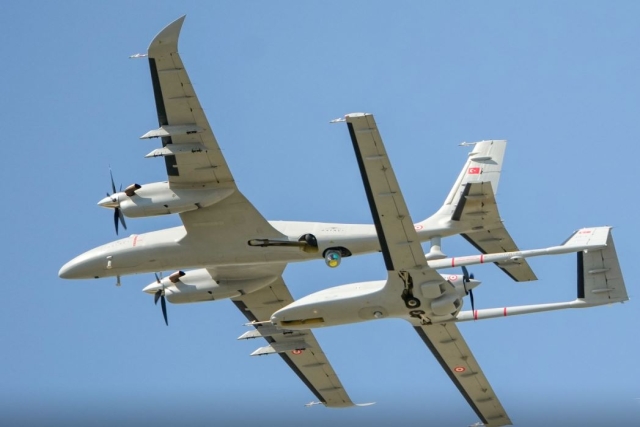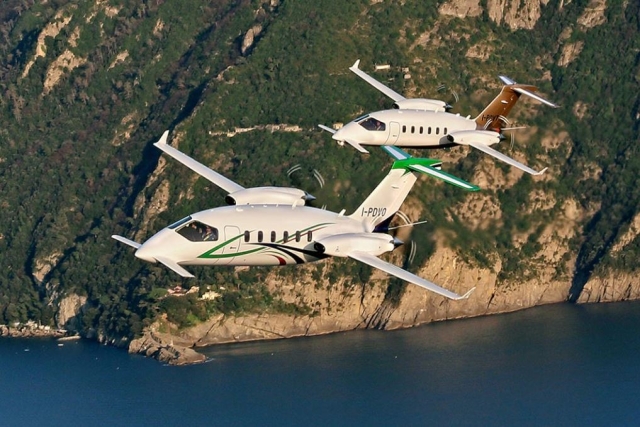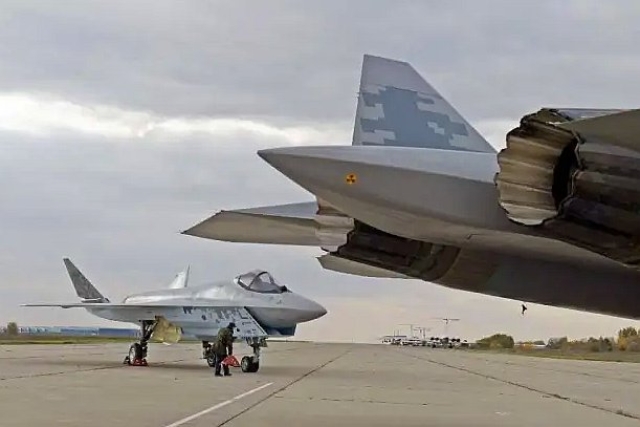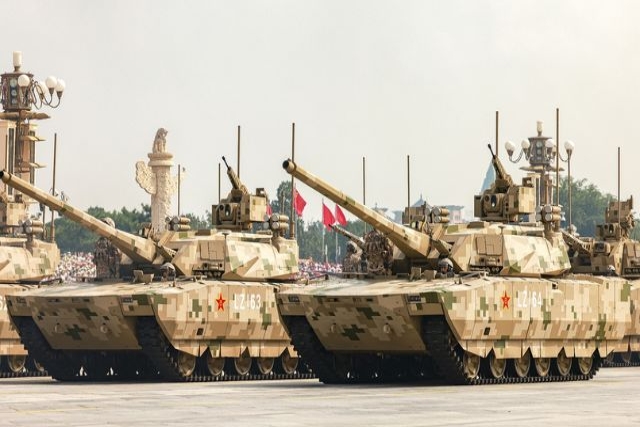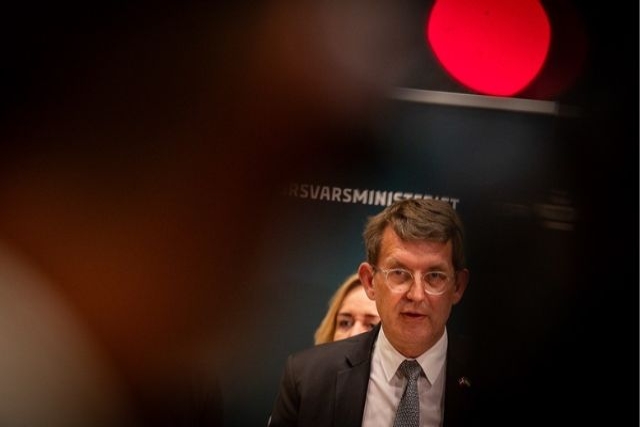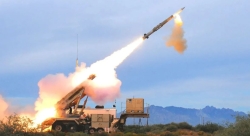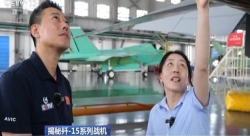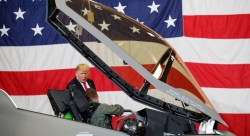Italian MoD to Procure Drones from Baykar- Leonardo JV
The procurement is a part of the €2.4B drone acquisition program for 2005-27
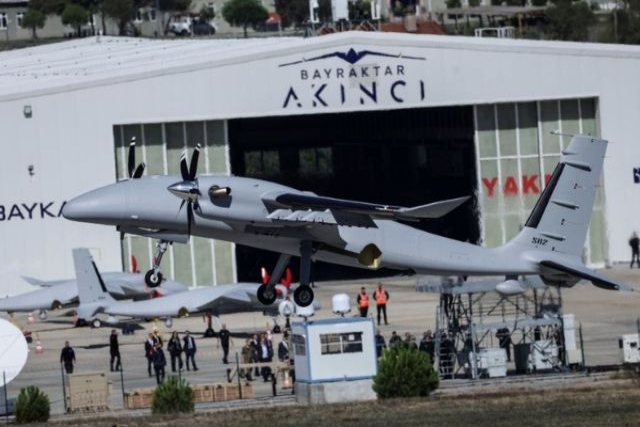
Italy’s Ministry of Defense has approved a €2.4 billion program for the procurement of new armed unmanned aerial vehicles (UAVs) under a joint venture between Leonardo and Turkey’s Baykar, known as LBA Systems.
According to RID defence analyst Tommaso Massa, the program is part of Italy’s Multi-Year Defence Programming Document (DPP 2025–2027), which allocates €3.2 billion for unmanned systems — 93 percent for air assets and 7 percent for maritime platforms. The UAV initiative stands as the most substantial component within the plan.
The DPP earmarks €242 million for 2025, €154 million for 2026, and €276 million for 2027, totalling more than €672 million in the first three years. Further allocations include €740 million for 2028–2030 and over €1 billion for 2031–2036.
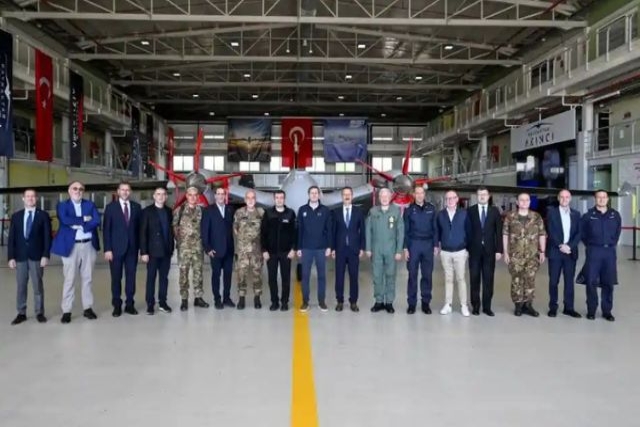
The ministry’s document describes the UAVs as “kinetically capable,” indicating their use as armed systems intended to strengthen Italy’s air capabilities while supporting a new Command and Control architecture.
The program may include several drone types developed by Leonardo-Baykar Aerospace (LBA) Systems and support Leonardo’s upcoming national wingman initiative designed to operate with sixth-generation fighters.
The development follows a recent high-level visit to Baykar’s Istanbul and Tekirdağ facilities by Italian Deputy Defense Minister Matteo Perego di Cremnago, Air Force Chief Lt. Gen. Antonio Conserva, Army Chief Lt. Gen. Carmine Masiello, Navy Deputy Commander Vice Adm. Giuseppe Berutti Bergotto, and Leonardo executives Simone Ungaro and Carlo Gualdaroni.
The delegation was hosted by Baykar chairman Selçuk Bayraktar, CEO Haluk Bayraktar, and Turkey’s defence procurement chief Haluk Görgün. During the visit, Italian officials observed live demonstrations of the Bayraktar AKINCI, TB3, and KIZILELMA UAVs, including a TB3 firing test using ROKETSAN MAM-L munitions.
If finalized, the project could lead to Europe’s first jointly developed armed UAV system, aligning with the European Union’s ReArm Europe initiative to expand autonomous defence capabilities.
